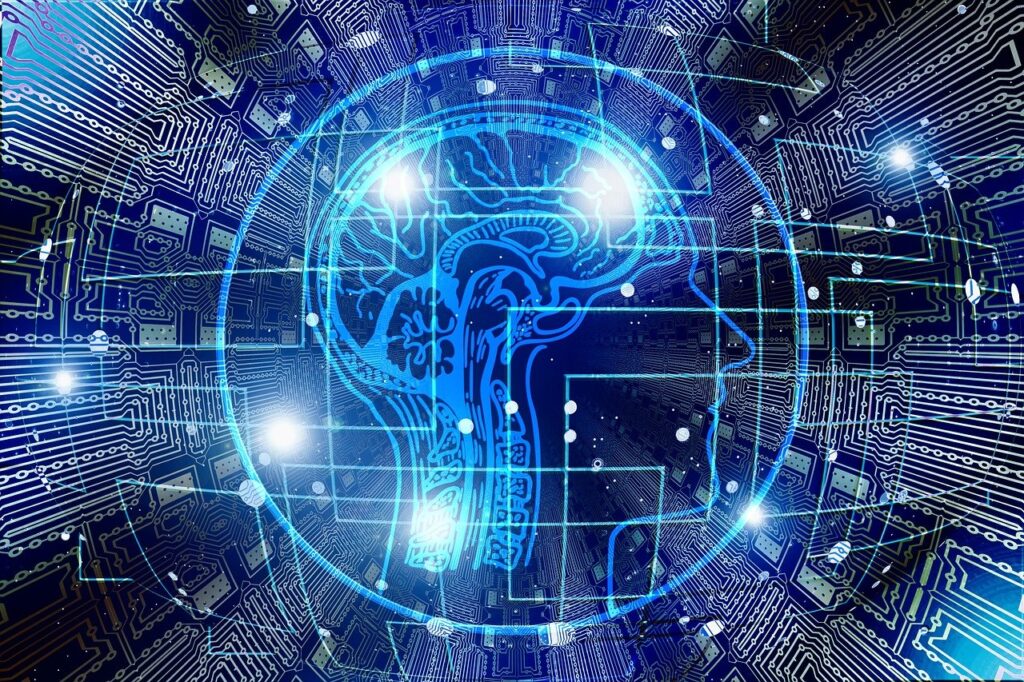In the world of electronics, the Printed Circuit Board (PCB) is the unsung hero that enables the intricate functionality of our everyday devices. Over the decades, PCB design has undergone a remarkable transformation, evolving from hand-drawn circuits to sophisticated, high-tech engineering. This evolution has not only revolutionized the electronics industry but has also significantly impacted our daily lives. In this article, we will take a journey through the history of PCB design and explore the fascinating advancements that have shaped it into what it is today.
The Birth of PCBs
The concept of the PCB was born out of the need for more efficient and reliable circuit connections. In the early 20th century, electronic circuits were assembled using point-to-point wiring, a time-consuming and error-prone method. Engineers and innovators sought a better way, leading to the invention of the first PCBs in the 1930s.
1. Pre-PCB Era
Before the advent of PCBs, circuits were assembled using bulky components, and wires were soldered directly to these components. The process was labor-intensive and prone to errors, making it challenging to create complex electronic systems.
2. Early PCB Development
The credit for the invention of the PCB is often attributed to Paul Eisler, an Austrian engineer, who developed the first functional PCB in the 1930s. His creation was a significant breakthrough, as it allowed for the components to be mounted directly on an insulating board with conductive traces, eliminating the need for extensive wiring.
The Rise of Printed Circuit Boards
The 1950s and 1960s witnessed a surge in PCB adoption, primarily driven by the rapid growth of the electronics industry. As electronics became more integral to daily life, the demand for smaller, more efficient, and reliable PCBs increased.
3. Transition to Etching
During this period, the process of etching copper-clad boards became the standard for PCB manufacturing. Engineers would lay out the circuit design on a board, cover it with a mask, and then use chemicals to remove unwanted copper, leaving behind the desired traces.
4. Automated Assembly
The 1970s saw the introduction of automated PCB assembly, reducing production time and improving precision. Surface-mount technology (SMT) emerged, allowing for smaller components to be mounted directly onto the board, paving the way for the miniaturization of electronic devices.
The Digital Revolution
The late 20th century marked the digital revolution, transforming PCB design into a highly sophisticated field. The integration of computers and design software enabled engineers to create complex, multi-layered PCBs with precision and efficiency.
5. CAD and CAM Systems
Computer-Aided Design (CAD) and Computer-Aided Manufacturing (CAM) systems revolutionized PCB design. Engineers could now create and simulate designs digitally, significantly reducing the need for physical prototypes.
6. Multi-Layer PCBs
The advent of multi-layer PCBs allowed for the integration of more complex circuitry in smaller spaces. This innovation was instrumental in the development of powerful and compact electronic devices like smartphones and tablets.
The Modern Era of PCB Design
Today, PCB design has reached unprecedented levels of sophistication. Here are some key developments that define the modern era of PCB engineering:
7. High-Density Interconnect (HDI) PCBs
HDI PCBs have fine-pitch components and densely packed traces, making them ideal for cutting-edge electronics. They enable the creation of thinner and more compact devices while maintaining high performance.
8. 3D Printing and Flexible PCBs
Advances in 3D printing have opened up new possibilities for PCB design. Flexible and curved PCBs are now a reality, offering versatility in form factor and enabling innovative designs.
9. IoT and Wearables
The Internet of Things (IoT) and wearable technology have pushed the boundaries of PCB design. These applications demand smaller, power-efficient, and highly integrated PCBs that can communicate seamlessly with other devices.
10. Environmental Sustainability
In recent years, there has been a growing emphasis on environmentally friendly PCB manufacturing. Lead-free soldering, recyclable materials, and energy-efficient production processes are becoming industry standards.
Conclusion
The evolution of PCB design is a testament to human ingenuity and the relentless pursuit of innovation. From humble beginnings to the highly sophisticated technology of today, PCBs have played a pivotal role in shaping the modern world. As we continue to embrace technological advancements, it’s clear that PCB design will remain at the forefront of innovation, enabling the creation of even more remarkable electronic devices that enhance our lives in ways we can only imagine.
The journey of PCB design is a story of progress, collaboration, and the unwavering pursuit of excellence—an evolution that continues to shape our digital future.
Mtc Industries is proud to be part of this ever-evolving landscape, providing cutting-edge PCB design and manufacturing solutions that contribute to the next chapter of technological advancement.
For inquiries about our PCB design and manufacturing services or to embark on your next electronic project, contact us today.

